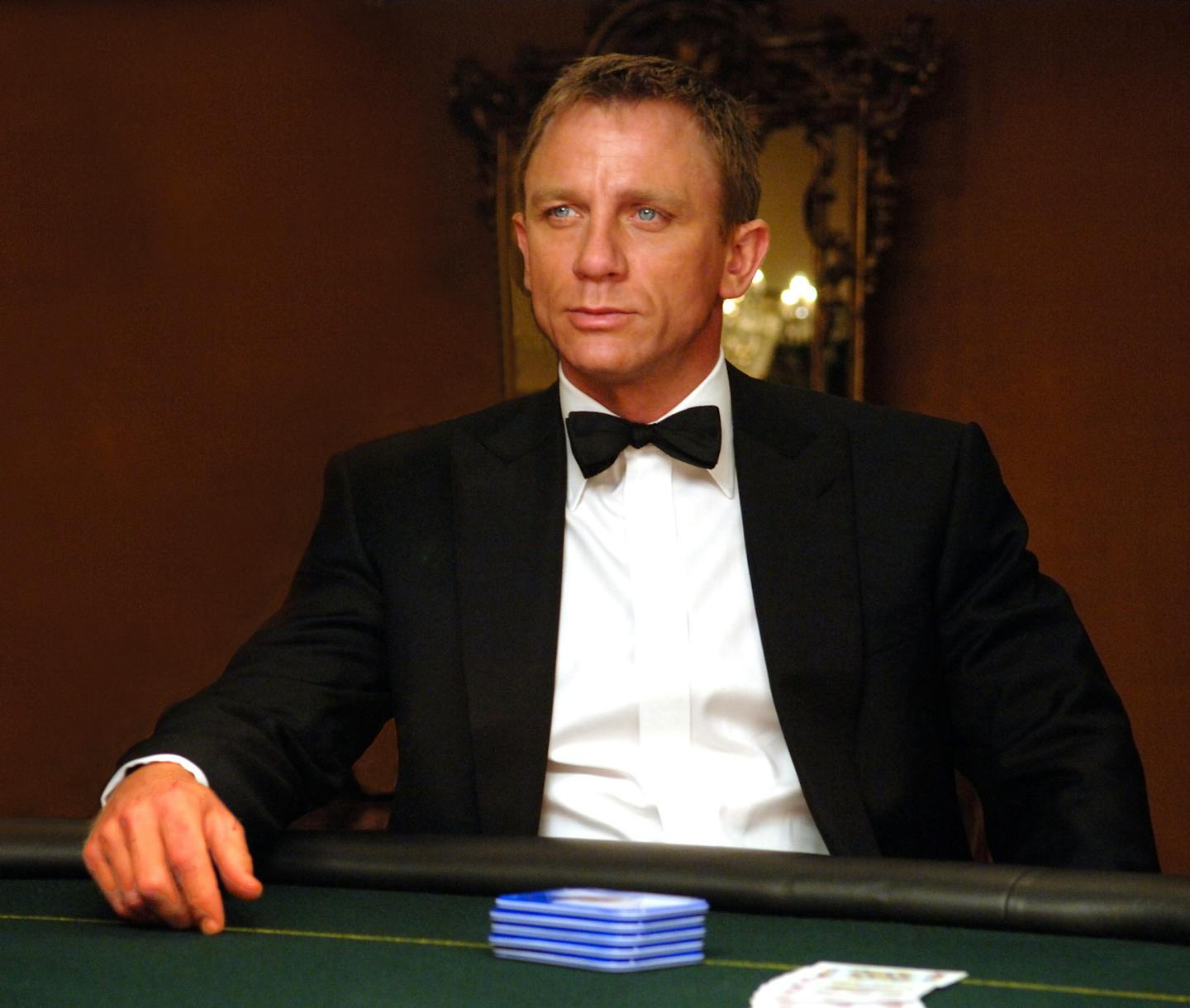They're the first thing in a movie and they're packed with information, but we rarely know much about them.
Opening credit sequences can give us a sense of tone, subject and themes. They can essentially teach us how to watch a film, like the Polaroid photo that "undevelops" in the backward "Memento," the spoken credits in the book-burning drama "Fahrenheit 451" or the stately "Tinker Tailor Soldier Spy" sequence that forces us to scan the shifting screen for minute details. They also can introduce a cast of characters, as in the opening of "Murder by Death."
If you're a fan of credits, a dangerous place to visit is the Art of the Title website. Its writers collect and analyze credits — for TV as well as movies. If you have a favorite, you will probably find it there, then spend hours checking out dozens of others (they also pick an annual top 10).
My favorites simply want to get us vibing with the movie, like Richard Avedon's stylish credits for the fashion world-set "Funny Face." The opening titles of "Foxy Brown" look like somebody made them at home on a rickety computer, but with Pam Grier coolly dancing around goofy design blips, they prepare you for fun — as do the "Superbad" credits, with Michael Cera and Jonah Hill nerdily popping and locking.
Some opening credits are mini-movies. The clever cartoon credits of "The Adventures of Tintin" are better than what follows. The first 30 seconds of "Blow Out" label stars John Travolta and Nancy Allen while flashing through a series of sounds that indicate there will be an auto accident, someone will die and the clues will be on the soundtrack.
These sequences are a recent phenomenon. Throughout most of Hollywood's golden age, credits were just names, projected on a piece of velvet. Designer/ad man Saul Bass changed all that, making the case that title sequences could be stylish, memorable and an important part of the storytelling.
Bass could do exciting ("Psycho," among several Alfred Hitchcock movies), funny ("It's a Mad, Mad, Mad, Mad World") or glitzy (the original "Ocean's 11"). Working in collaboration with wife Elaine, he created credit sequences that helped guide us into each movie while also defining a style so recognizable that filmmakers still pay homage to his work in, for instance, "Catch Me if You Can," set in Bass' 1960s heyday.
Since Bass, the biggest star in title design is Kyle Cooper, whose latest credits are out next week in "Godzilla vs. Kong." Cooper's Internet Movie Database page is a good place to find opening credits worth watching. Most of his early efforts, including classics such as the first "Mission: Impossible" film, didn't give him credit, but a few years later, "Charlie's Angels" acknowledged his impact.
You'll find Cooper's name below, too. It's first on a list that suggests that maybe it's not how movies finish, but how they start.
Seven (1995)
As a variation on Nine Inch Nails' "Closer" plays, we're shown the villain's fingers as he reads a book about crime, thumbs through creepy photographs, cuts up a dollar bill and (I think) slices off the tips of his own fingers. There's no blood, but Cooper's jittery editing, ominous images and percussive music suit director David Fincher's bleak vision.
The Naked Gun (1988)
No surprise that a movie this fast and funny makes sure even the credits don't waste a second. A parody of 1970s-style police shows, the sequence is shot from right behind the flashing light atop a cop car. The car zooms down a city street but then veers onto a sidewalk, through a car wash, onto a roller coaster and toward terrified bystanders. Everything you need to know about the movie is set up: It's deadpan, sharply observed, hilarious and relentless.
Casino Royale (2006)
I'm limiting myself to one James Bond favorite. "Casino Royale" introduced us to a new 007, so it contains lots of Daniel Craig, as well as the signature gun-barrel bit, a sly hint at what's going on with Eva Green's character and playful animation that nods to the lethal card game at the movie's climax — all to the tune of my controversial choice for best Bond theme, the late Chris Cornell's ferocious "You Know My Name."
Deadpool (2016)
The Marvel logo is bound to send audiences in one direction, so this parody of superhero movies immediately takes them in another direction by spoofing the idea of credits. Instead of "A Tim Miller Film," we get "Some Douchebag's Film." It's not "Starring Ryan Reynolds" but "Starring God's Perfect Idiot," accompanied by Reynolds' "Sexiest Man Alive" magazine cover. It continues skewering tropes, through "British Villain" and "Moody Teen," accompanied by a camera snaking through a violent scene and Juice Newton's soaring "Angel of the Morning."
Do the Right Thing (1989)
Rosie Perez doesn't have an especially big part, but it's hard to imagine a splashier debut than the one Spike Lee gives her. The credits are nothing but her dancing to Public Enemy's "Fight the Power," and her fierce, angry movement sets the tone for the bold movie, the combativeness of which is foreshadowed by her busting a move in a boxer's outfit.
The Pink Panther (1963)
This series joins the Bond films as one where the audience knows they need to be there for the inventive credits. All of 'em are dandy, but the first is the best because it introduces Henry Mancini's slinky theme and has so much fun with typography (the Panther deliberately misspells director Blake Edwards' name, and when he leers at Claudia Cardinale's name, it slaps him).
Delicatessen (1991)
Most of the words in this quirky comedy are in French, even in the credits, but it doesn't matter because the various jobs are so cleverly visualized as a camera roams around objects in a dingy basement. The cinematographer's name is written on a camera and the screenwriters' on a page of a script.
Chris Hewitt • 612-673-4367




